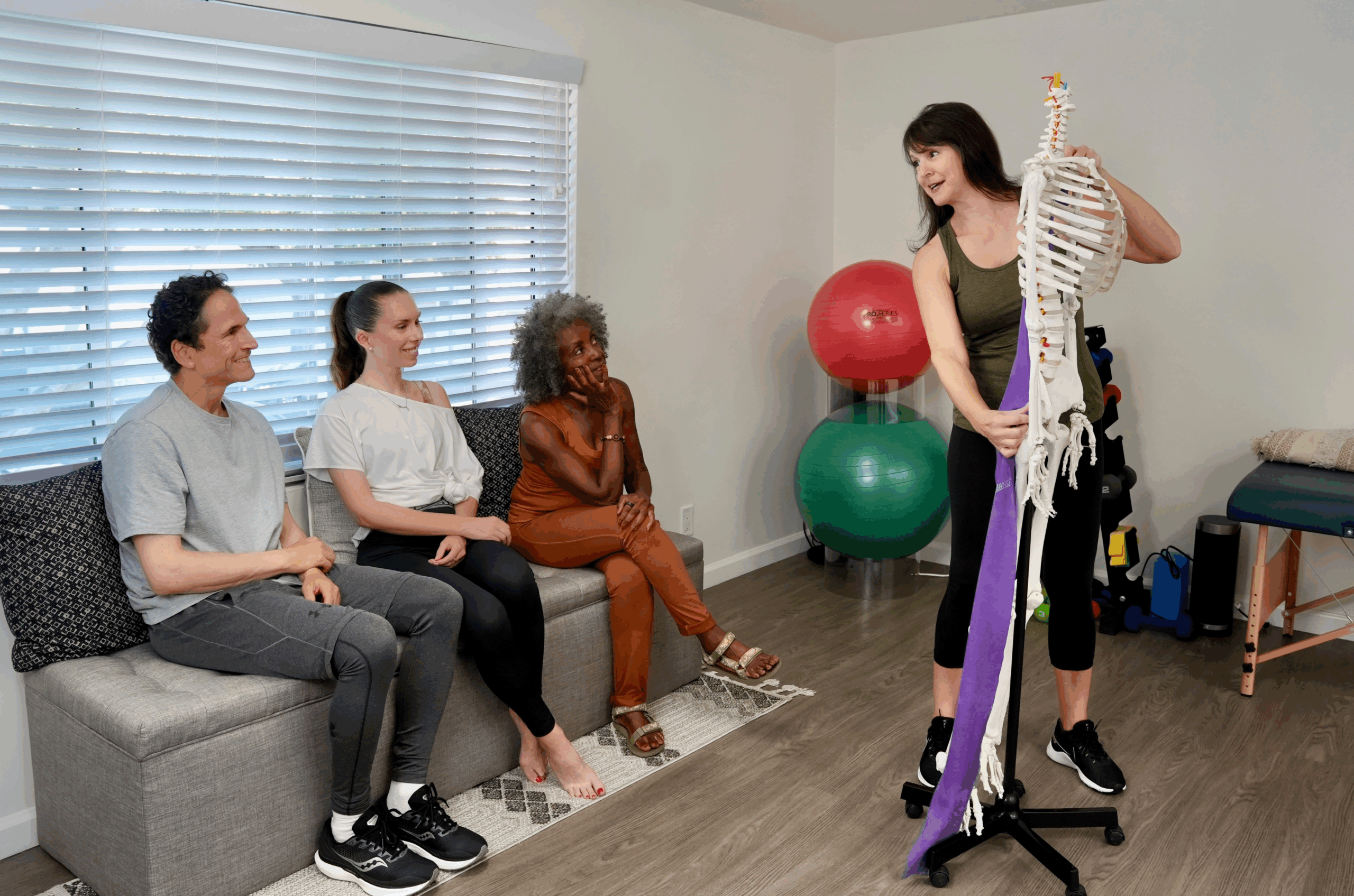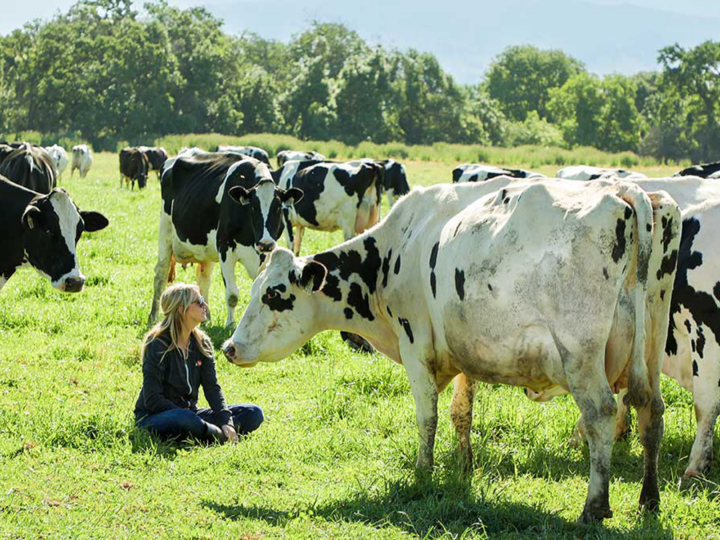

Meet Michele Bond
Certified Kinesiologist • Co-op Owner and Community Partner
As we age, maintaining fitness can have a far-reaching impact, from boosting our energy levels, to preventing injuries. Certified Kinesiologist, Co-op Owner and Community Partner, Michele Bond, tells us why functional training is important and how we can incorporate it into our daily routine.
Functional Training for Strength, Balance, and Confidence
Functional training focuses on exercises that improve the way your body moves in everyday life. Some traditional workouts isolate specific muscles, while functional training mimics real-life activities—like bending, reaching, lifting, and twisting—by engaging multiple muscle groups at once. This type of training enhances balance, mobility, coordination, and strength, all of which are critical for preventing injury and staying active as we age.
Training for all levels
The beauty of functional movement is that it’s accessible to everyone—regardless of fitness level. It doesn’t have to be complicated or intense; in fact, even small, mindful changes in how you move can make a big difference. Incorporating functional movement into your routine isn’t about chasing perfection—it’s about building a body that moves better and feels better. Whether you’re a beginner or a seasoned exerciser, these movements can be scaled to match your needs and abilities.
Positive impact outcomes
Over time, functional training helps you feel more capable and confident, not just in workouts, but in your daily life—getting up from the floor, carrying groceries, or playing with your kids or grandkids. It’s about training for life, not just for looks. This is a great way to build what I call ‘fitness equity’. Just like you build equity in a good investment, you can do that for your body. You can draw on the equity when needed—like being able to hike a trail on vacation or lift something off of someone in an emergency. It happens—and training like this is good insurance!
A deeper dive to help you focus on the right thing
On a deeper level, functional training is really about 4 muscle subsystems working properly to create efficient movement and that is what creates optimal functional movement in a workout.
An example would be when you do a glute bridge in a yoga class. Did you know that functionally the glutes work with your latissimus dorsi when you rotate? A great way to incorporate the functional ‘partner’ muscle while doing a glute bridge would be to push your arms down into the floor to activate the lats.
Ways to Incorporate Functional Movement Into Your Life
- Try bodyweight squats while listening to a podcast or waiting for your coffee to brew. Squats mimic the action of sitting and standing, making everyday tasks easier. If balance is an issue, hold onto the back of a chair or a wall.
- Do a walking lunge down a hallway to work on balance and single-leg strength. This is great for climbing stairs or stepping off a curb. If walking lunges are too much, start with feet stationary and just move up and down.
- Add a farmer’s carry (carrying two moderately heavy objects) during a walk or around the house to strengthen your grip, core, and posture. Be sure not to hike up your shoulders.
- Practice standing on one leg while folding laundry or doing dishes to improve stability and fortify the ankle joint. Try to activate your glutes!
- Get on and off the floor a few times a day—this full-body action builds coordination, strength, and confidence, especially as we age. You may use furniture to help you down and up to start.
Extra credit: Just like functional exercise is the foundation of body movement, gut health (or microbiome health) is one very important foundational aspect for overall health. This will set the tone for the energy and willingness to participate in exercise in the first place. I recommend incorporating fermented foods to create balance in the gut. You can try a variety of fermented items from the Co-op like kimchi, sauerkraut, or my personal favorite—fermented carrot sticks.
Wrapping it up
Your body is meant to move in all directions, with different loads, and at varying speeds. Training that way in your workout is essential to accessing and maintaining your body’s potential. Think about everyday movement as a creative endeavor. Even if you have movement limitations, make the most of what you can do – it ALL counts.
To learn more about Michele’s functional training practice, please visit michelebond.com




